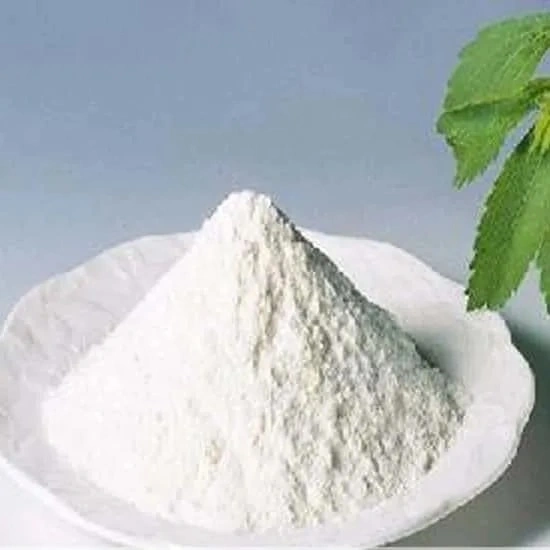Not long ago, the Food Nutrition and Functional Food Innovation Team of the Institute of Agricultural Products Processing of the Chinese Academy of Agricultural Sciences revealed the flavor ingredients, microbial communities and physical and chemical properties of Yunnan's specialty sour flavored seasoning pickled cabbage paste . The relevant results were published in the international food field journal " Food Research International " ( JCR Zone 1, IF=7.0 ). The research was funded by the Open Project of the Key Laboratory of Agricultural Product Processing and Storage of the Ministry of Agriculture and Rural Affairs ( S2024KFKT-05 ) and the Key Tasks of the Institute of Innovation Engineering of the Institute of Agricultural Product Processing and Storage of the Chinese Academy of Agricultural Sciences ( CAAS-ASTIP-G2022-IFST-04 ).

Pickle paste is an important source of sour taste in the diet of western Yunnan in China, and is also an indispensable "soul" dip sauce in Dai-style barbecue. At present, the research on pickled cabbage paste is limited to processing technology, and the formation mechanism of characteristic flavor substances of pickled cabbage paste during natural fermentation needs to be further explored.
The researchers systematically analyzed the differences in organic acid composition, volatile flavor composition and microbial community composition of fermented pickled cabbage paste and blended pickled cabbage paste. The results show that the organic acid in fermented pickled cabbage paste is mainly lactic acid, while the sour taste of blended pickled cabbage paste mainly comes from citric acid. Headspace solid phase microextraction - gas chromatography - mass spectrometry, odor activity values and orthogonal partial least squares discriminant analysis determined that lactic acid, 2,3- butanediol, dimethyl trisulfide, 1- octene -3- one and dimethyl disulfide are the key flavor substances of pickled cabbage paste. Trans - α,α -5- trimethyl -5- vinyltetrahydro -2- furanmethanol and 2,3- pentanedione can be used as potential discriminators for identifying fermented and non-fermented pickled cabbage paste. At the same time, the dominant bacterial flora in pickled cabbage paste are Pseudomonas and Methyloversatilis , which reflects the potential environmental microbial contamination in the production process of pickled cabbage paste.
The above research results are of great significance to promoting the industrialization of the pickled vegetable paste industry and the formulation of relevant industry standards.